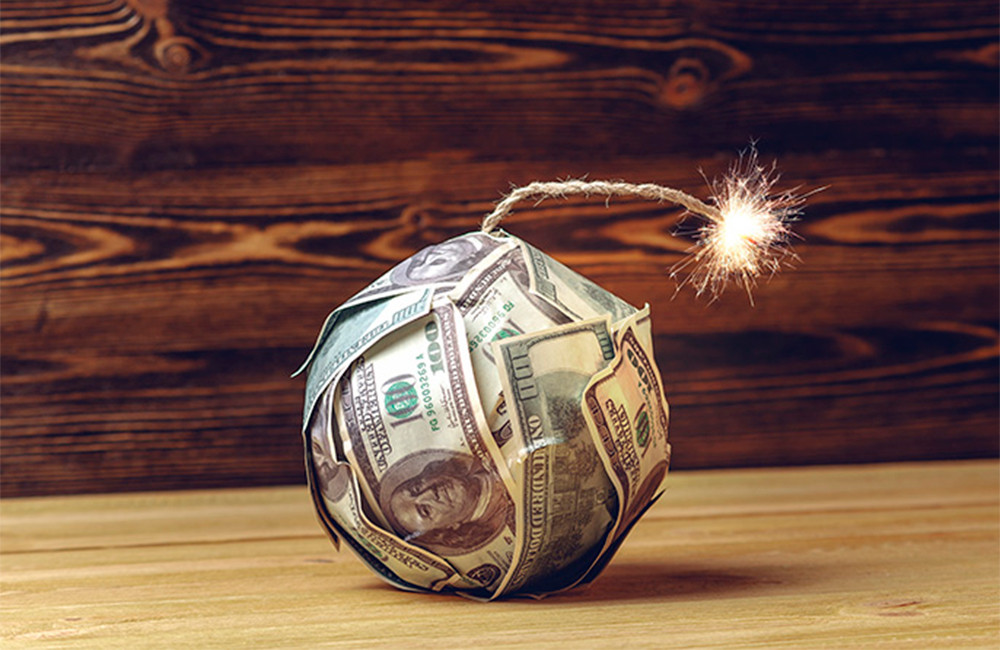
By the end of this week, the euro has managed to recover some losses and rally. However, analysts doubt the fragile uptrend could last. While USD is retreating, it can tap into its hidden reserves.
On Wednesday, EUR gained almost 1% against the US dollar as risk appetite in the stock market increased. The European currency continued to rise on Thursday as well. Commodities, which have been on the rise due to the war between Russia and Ukraine, have retreated from their recent highs.
The Euro is holding on to its gains on Thursday, demonstrating the steepest jump in six years. Russian and Ukrainian foreign ministers are holding talks in Turkey today, giving investors some hope of peace. EUR/USD has regained some lost ground and is currently near 1.1058.

The euro has found support in falling commodity prices and rising risk appetite. Furthermore, a slight decrease in crude oil prices has eased panic in the markets. The dynamics of the euro would depend on the state of the global energy market, analysts say.
European markets will drop sharply if supply of Russian oil and natural gas ceases. The EU is unable to find alternative energy suppliers - crude oil prices could jump to $300 per barrel pushing inflation in the Eurozone above 10%. This would trigger a lengthy recession, experts say.
The US dollar is in a stronger position compared to the euro. The US is self-sufficient in oil. Furthermore, USD awaits the Fed funds rate increase – the Federal Reserve will decide on hiking interest rates next week.
Despite briefly retreating against the euro on Wednesday evening, the US dollar's uptrend continues. On Thursday, USD tried to consolidate at its current level with mixed results. After last week's rally, the American currency is continuing its downward correction on Thursday. However, USD maintains its upside potential and is getting ready for an upsurge in the longer term. The US dollar has gained 3% against the euro over the week, supported by a relatively calm geopolitical situation and investors avoiding risky assets.
According to an analysis by Brown Brothers Harriman, USD is likely to rise further as investors give up safe haven assets in the short term. Fed monetary tightening expectations in the run-up to the meeting on March 16 is also likely to boost the US dollar.
However, the stabilization of Fed monetary policy could deprive USD of support, HSBC analysts say. "The Fed's policy normalisation may be less impactful on the USD, as short-term rate hike expectations and the market's pricing of the Fed's terminal rate converged," the analysis noted.
"The tailwinds to the USD are coming from two interconnected features, namely, the ongoing geopolitical uncertainties and the downside risks to global growth. The first is obvious, and the second is quickly gaining traction, given the spike in energy prices. There is little sign that the USD is set to stabilise and, hence, the risk of a near-term overshoot is high," HSBC analysis concluded.
 English
English 
 Русский
Русский Bahasa Indonesia
Bahasa Indonesia Bahasa Malay
Bahasa Malay ไทย
ไทย Español
Español Deutsch
Deutsch Български
Български Français
Français Tiếng Việt
Tiếng Việt 中文
中文 বাংলা
বাংলা हिन्दी
हिन्दी Čeština
Čeština Українська
Українська Română
Română

